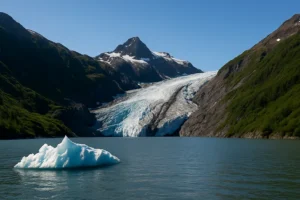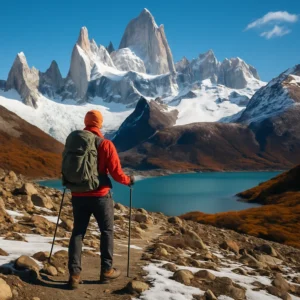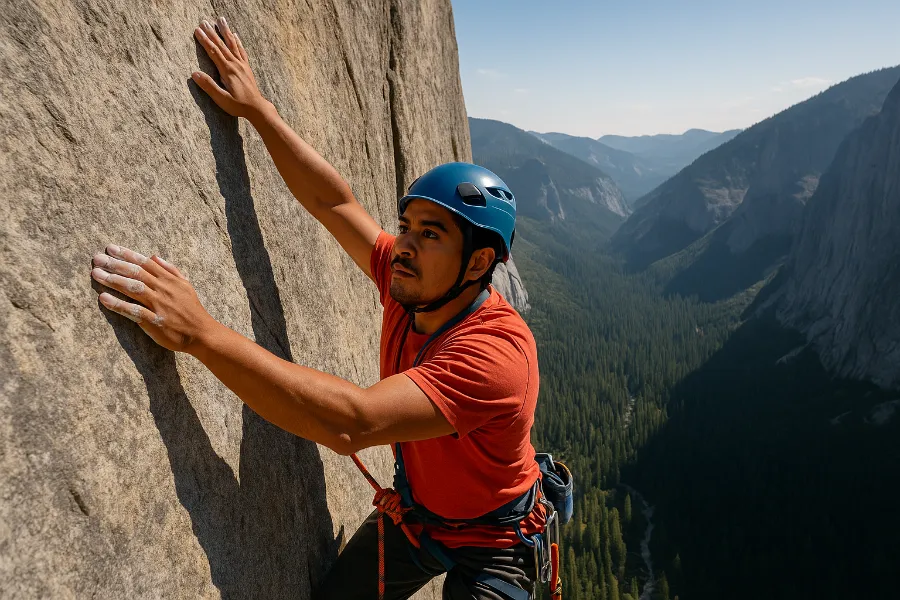
The question “can you hike El Capitan?” comes up often among adventurers planning a trip to Yosemite National Park. El Capitan is the iconic granite monolith that dominates the Yosemite Valley skyline, standing at 3,000 feet tall. Known worldwide for rock climbing, it often leaves people wondering if it’s possible to hike up instead of scaling sheer vertical walls. The short answer: yes, you can hike to the top of El Capitan! But it’s not a casual stroll — this is a strenuous, full-day hike that demands preparation, stamina, and a solid plan.
Understanding the Challenge
El Capitan may not require ropes and carabiners if you’re hiking, but don’t underestimate the challenge. The trail is long, steep, and physically demanding. Round-trip, you’re looking at about 16–18 miles, depending on the route you take, with an elevation gain of more than 5,000 feet. For most hikers, this translates to 10–14 hours of continuous movement.
Think of it as a marathon in the mountains — except with granite cliffs, switchbacks, and the constant climb into thinner air.
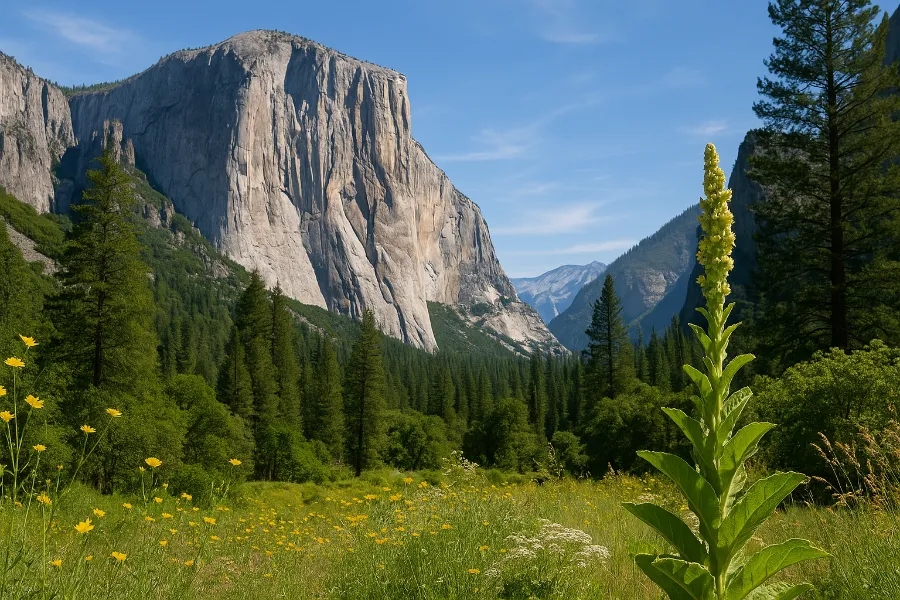
Routes to the Top
Yosemite Falls Trail
The most popular route to hike El Capitan begins on the Yosemite Falls Trail. You’ll climb past Upper Yosemite Falls, gaining incredible views of one of the tallest waterfalls in North America. The trail eventually merges with the El Capitan Trail, continuing through forested terrain until you reach the summit. This route offers dramatic scenery but also relentless elevation gain.
Tamarack Flat Trailhead
A lesser-known option is starting at Tamarack Flat. This route is longer, adding mileage, but the elevation gain is more gradual compared to Yosemite Falls. If you prefer fewer crowds and a slightly less punishing ascent, this trail is worth considering.
Big Oak Flat Road
Another alternative is from Big Oak Flat Road, but this trail is less direct and typically chosen by backpackers rather than day hikers.
What to Expect on the Hike
When people ask “can you hike El Capitan?” they usually want to know if it’s safe and realistic. Here’s what to anticipate:
- Long mileage: Even in peak condition, you’re in for a long day. Many hikers start before sunrise and carry headlamps.
- Steep terrain: The Yosemite Falls section is notorious for switchbacks that seem endless.
- Changing environments: You’ll start in Yosemite Valley’s oak woodlands, move past waterfalls, climb into pine forest, and finally emerge onto the granite summit.
- Exposed summit: The top of El Capitan is wide and flat, offering breathtaking views of Half Dome, Yosemite Valley, and the High Sierra.
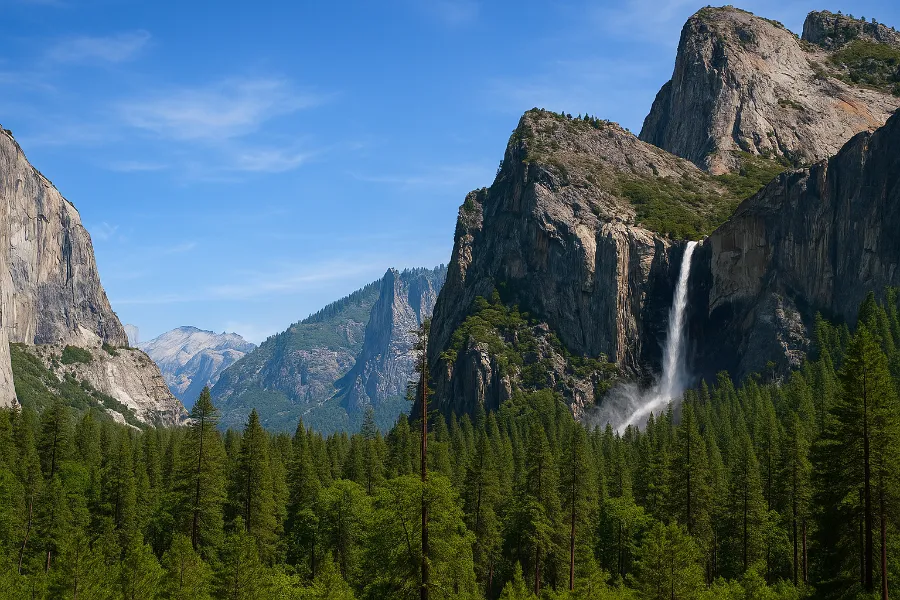
Training and Preparation
El Capitan isn’t the type of hike to attempt without preparation. Here’s how to get ready:
Physical Conditioning
- Train with long hikes that have significant elevation gain.
- Add stair climbs and weighted pack walks into your workouts.
- Build endurance by practicing 10–12 mile hikes before your trip.
Gear Essentials
- Footwear: Supportive hiking boots with strong tread.
- Hydration: At least 3–4 liters of water, plus a filtration system.
- Food: High-calorie snacks and a solid lunch.
- Navigation: A GPS app, map, or compass.
- Layers: Temperatures can shift dramatically between the valley and summit.
- Headlamp: You’ll likely start or end in the dark.
Timing
Spring and fall are the best seasons for this hike. Summer brings heat that can be brutal on exposed stretches, while winter may leave trails buried in snow or ice.
Safety Considerations
Even though you can hike El Capitan, it comes with risks:
- Dehydration: Heat and effort can overwhelm even fit hikers.
- Altitude: At over 7,500 feet, you may feel fatigue or mild altitude sickness.
- Navigation: Some sections are poorly marked. Always have a backup navigation tool.
- Wildlife: Black bears are common in Yosemite, so secure your food properly.
Rescue operations in Yosemite often involve hikers who underestimated distance or overexerted themselves. Respect the mountain, and prepare thoroughly.
Why Hike El Capitan?
With Half Dome and Yosemite Falls drawing much of the spotlight, El Capitan remains a more solitary summit hike. The reward is a quieter trail, jaw-dropping views, and the bragging rights of standing atop one of the most famous cliffs in the world. Looking out over Yosemite Valley from the edge of El Capitan is an experience that will stay with you for life.
Tips for Success
- Start early — ideally before sunrise.
- Pace yourself on the steep sections.
- Take breaks at scenic points, especially near Yosemite Falls.
- Carry trekking poles to save your knees on the descent.
- Check weather forecasts — storms can roll in quickly.
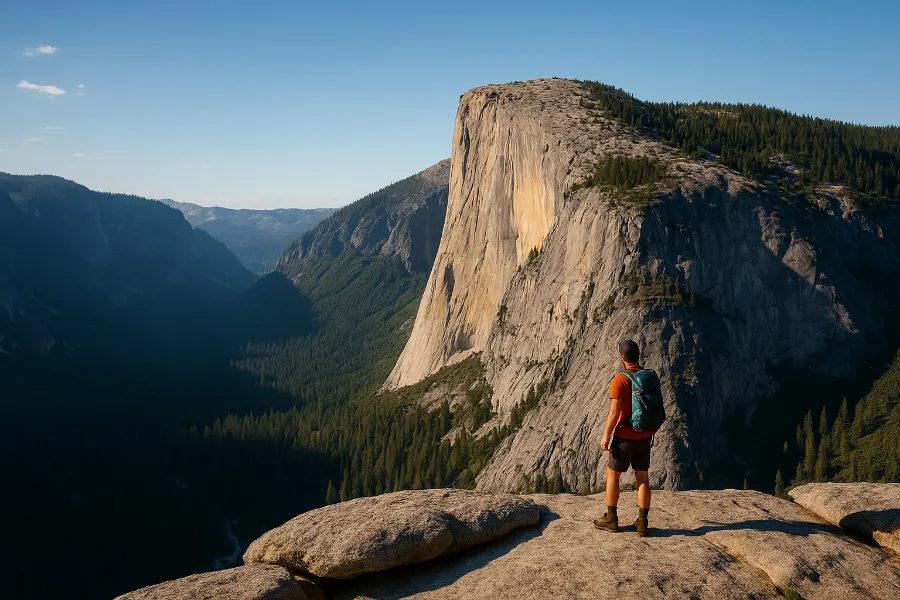
Final Thoughts
So, can you hike El Capitan? Absolutely. But it’s not for the unprepared or the faint of heart. With the right planning, conditioning, and respect for the mountain, this hike will test your endurance and reward you with unmatched views of Yosemite’s grandeur. If you’re ready for a full-day challenge, El Capitan is waiting for you.






